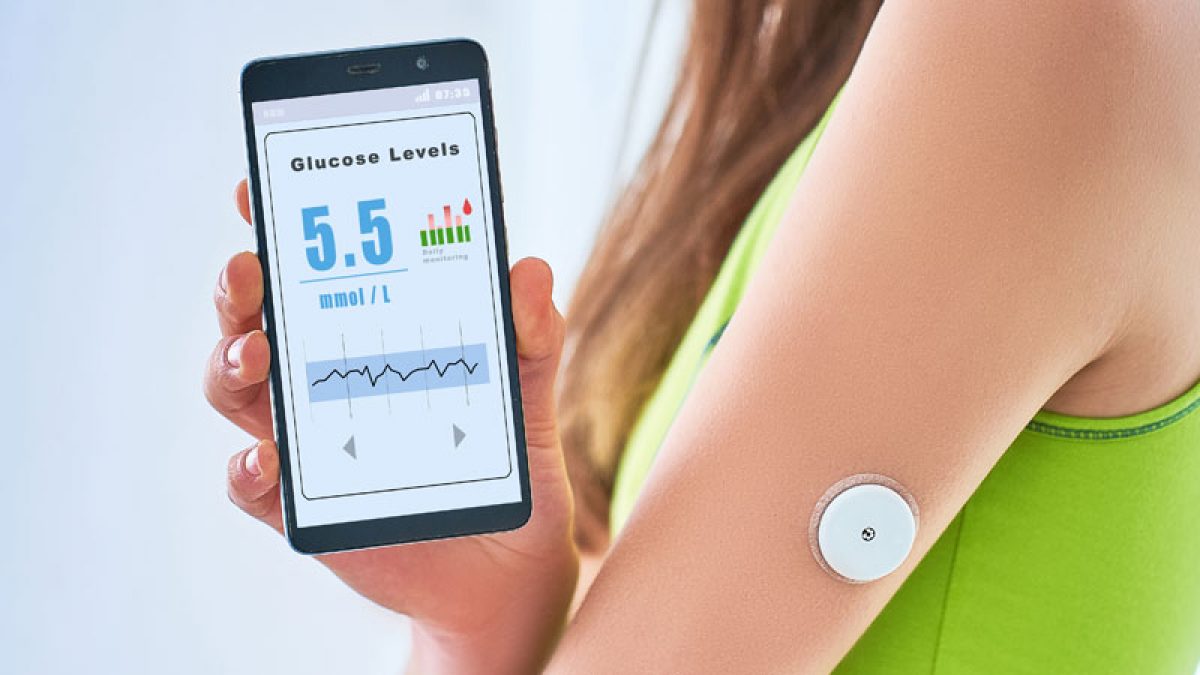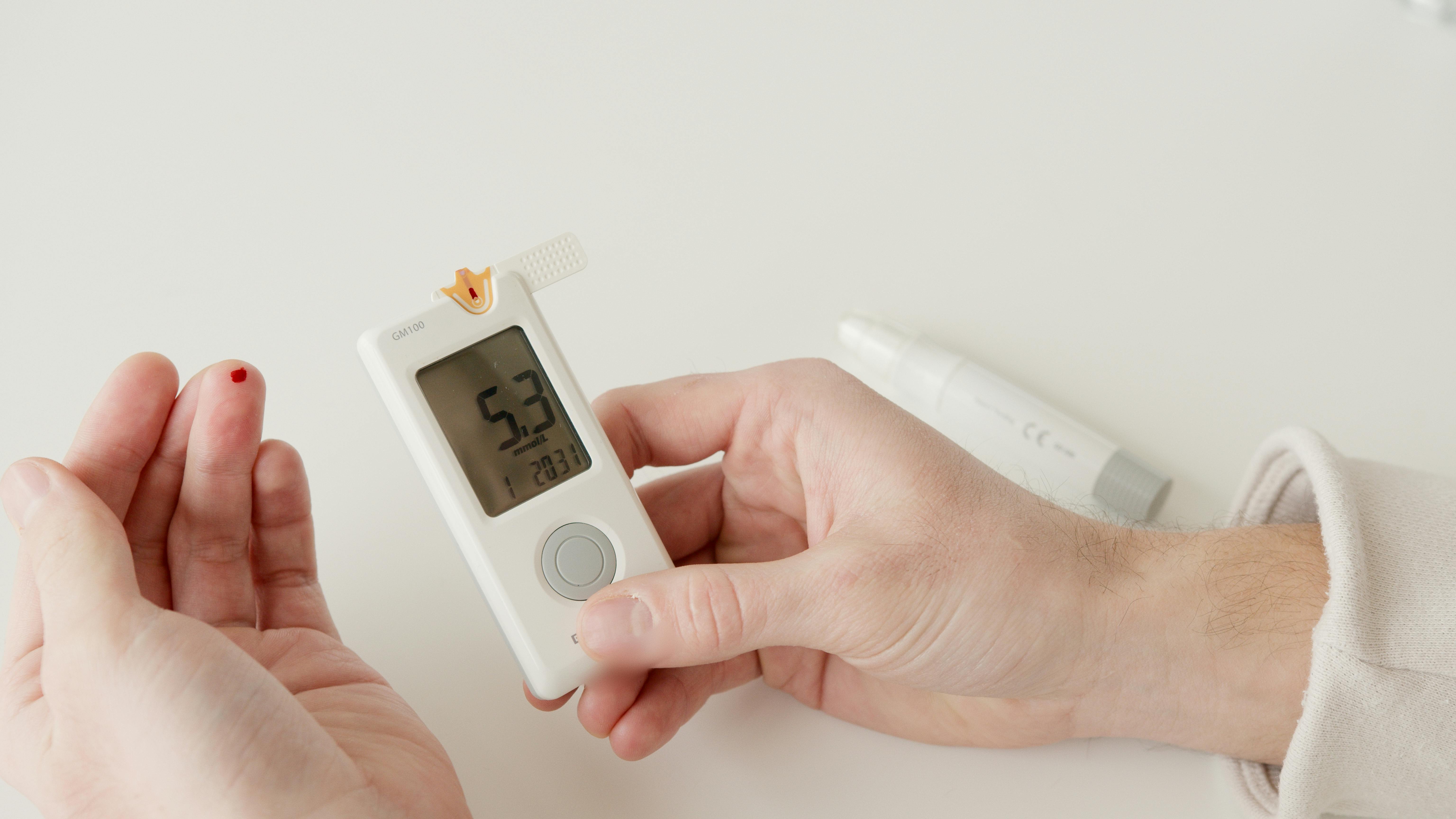Key Bacterial Players in Blood Sugar Control

Scientists have identified specific bacterial species that act like tiny metabolic controllers in your gut. These microscopic organisms don't just sit there - they actively influence how your body processes glucose and responds to insulin. Most people have no idea that billions of these bacteria are working 24/7 to keep their blood sugar stable.
Akkermansia muciniphila: The Metabolic Guardian
Akkermansia muciniphila stands out as one of the most important bacterial species for glucose regulation. This beneficial bacterium comprises 1-4% of the healthy human gut microbiome and demonstrates remarkable metabolic benefits. Think of it as your gut's personal trainer - it's constantly working to improve your body's insulin sensitivity.
Key Benefits of Akkermansia muciniphila:
- Insulin sensitivity enhancement: Studies show supplementation can improve insulin sensitivity by approximately 30% compared to placebo groups
- Barrier function: The bacterium strengthens intestinal barrier function, reducing inflammation
- Hormone production: Promotes secretion of incretin hormones like GLP-1 and GLP-2
- Clinical evidence: Higher levels correlate with better glucose tolerance and reduced fasting blood glucose
Dysosmobacter welbionis: The Metformin Partner
Dysosmobacter welbionis represents an emerging bacterial species with significant glucose control potential. Found in approximately 70% of healthy individuals, this bacterium shows particularly interesting interactions with diabetes medication. It's like having a personal assistant that makes your diabetes medication work better.
- Metformin synergy: D. welbionis abundance is significantly higher in metformin-treated patients
- Better response: Correlates with improved treatment outcomes
- Glucose metabolism: Shows negative correlations with fasting blood glucose levels
- Enhanced effects: In mice studies, combined treatment was more effective than metformin alone
Butyrate-Producing Bacteria: The SCFA Factories
Several bacterial species produce short-chain fatty acids (SCFAs), particularly butyrate, which directly influence glucose metabolism. These bacteria are like little chemical factories in your gut, producing compounds that help regulate your blood sugar levels throughout the day.
Faecalibacterium prausnitzii
Major butyrate producer that shows inverse associations with fasting insulin and insulin resistance
Roseburia species
Help maintain glucose homeostasis through SCFA production
Bifidobacterium longum
Demonstrates glucose-lowering effects through multiple mechanisms
Bifidobacterium breve
Shows significant glucose-lowering effects in clinical studies
